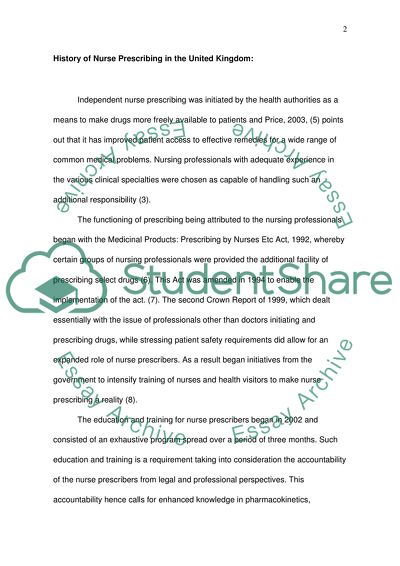Cite this document
(The Healthcare Delivery System Term Paper Example | Topics and Well Written Essays - 2856 words, n.d.)
The Healthcare Delivery System Term Paper Example | Topics and Well Written Essays - 2856 words. Retrieved from https://studentshare.org/nursing/1708415-review-the-recent-legislative-changes-in-independant-nurse-prescribinggive-an-account-of-the-impact-of-these-changes-on-your-practice-with-particular-focus-on
The Healthcare Delivery System Term Paper Example | Topics and Well Written Essays - 2856 words. Retrieved from https://studentshare.org/nursing/1708415-review-the-recent-legislative-changes-in-independant-nurse-prescribinggive-an-account-of-the-impact-of-these-changes-on-your-practice-with-particular-focus-on
(The Healthcare Delivery System Term Paper Example | Topics and Well Written Essays - 2856 Words)
The Healthcare Delivery System Term Paper Example | Topics and Well Written Essays - 2856 Words. https://studentshare.org/nursing/1708415-review-the-recent-legislative-changes-in-independant-nurse-prescribinggive-an-account-of-the-impact-of-these-changes-on-your-practice-with-particular-focus-on.
The Healthcare Delivery System Term Paper Example | Topics and Well Written Essays - 2856 Words. https://studentshare.org/nursing/1708415-review-the-recent-legislative-changes-in-independant-nurse-prescribinggive-an-account-of-the-impact-of-these-changes-on-your-practice-with-particular-focus-on.
“The Healthcare Delivery System Term Paper Example | Topics and Well Written Essays - 2856 Words”, n.d. https://studentshare.org/nursing/1708415-review-the-recent-legislative-changes-in-independant-nurse-prescribinggive-an-account-of-the-impact-of-these-changes-on-your-practice-with-particular-focus-on.


